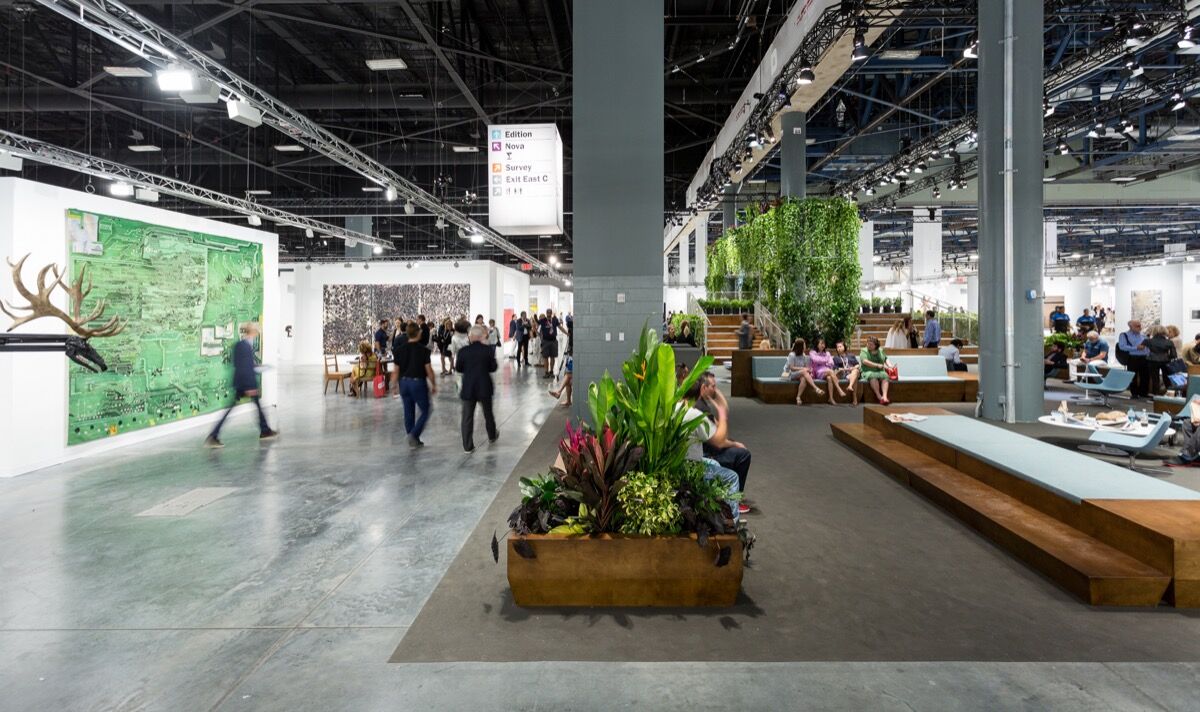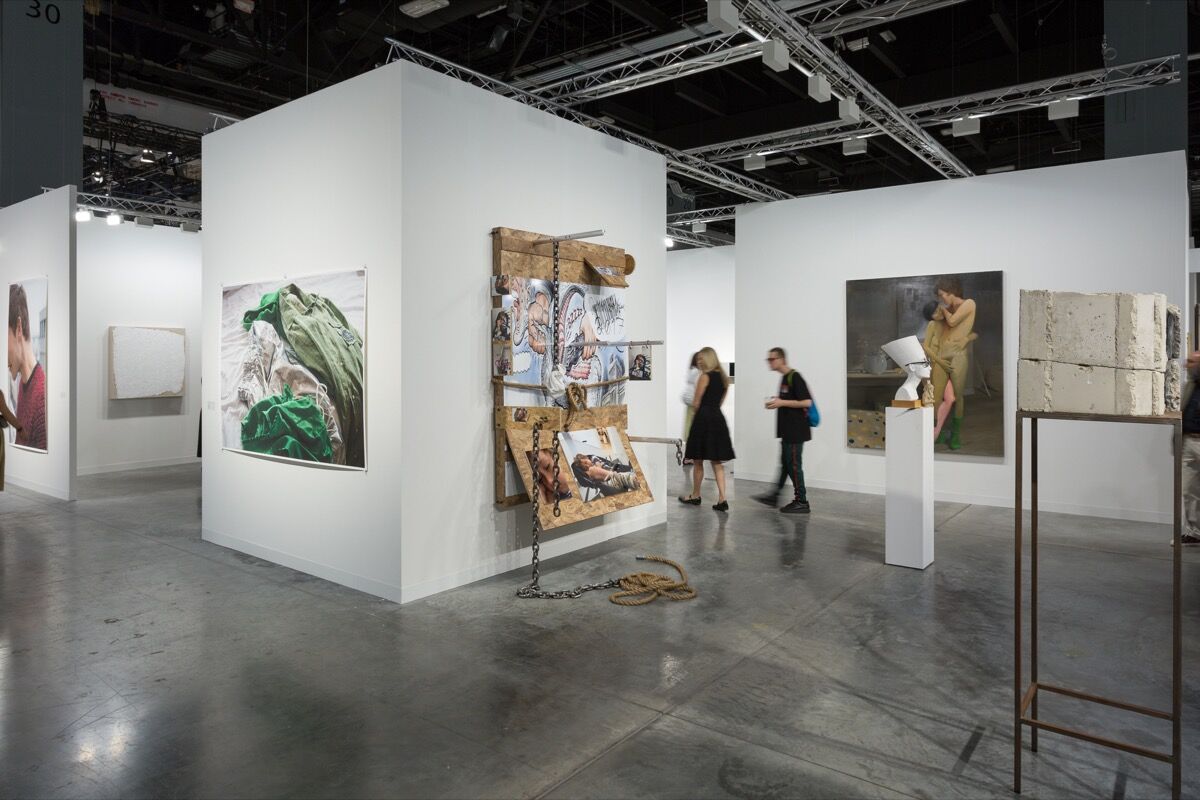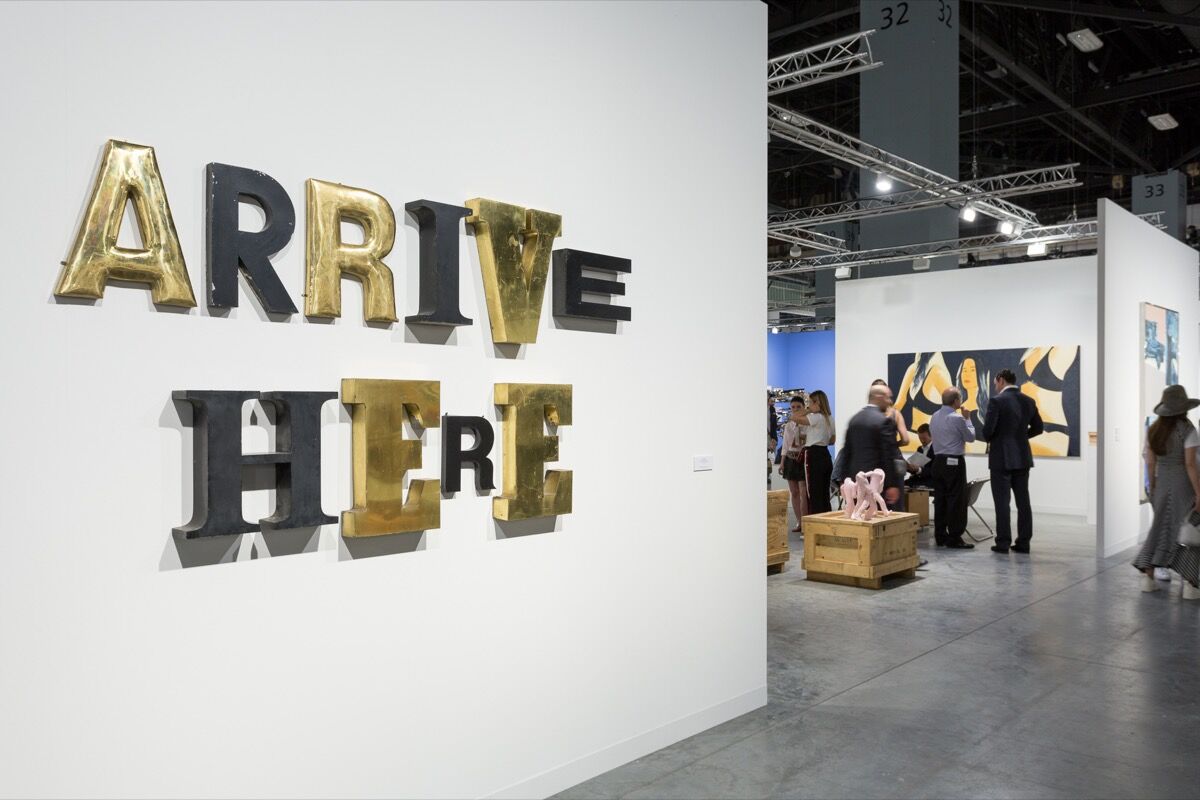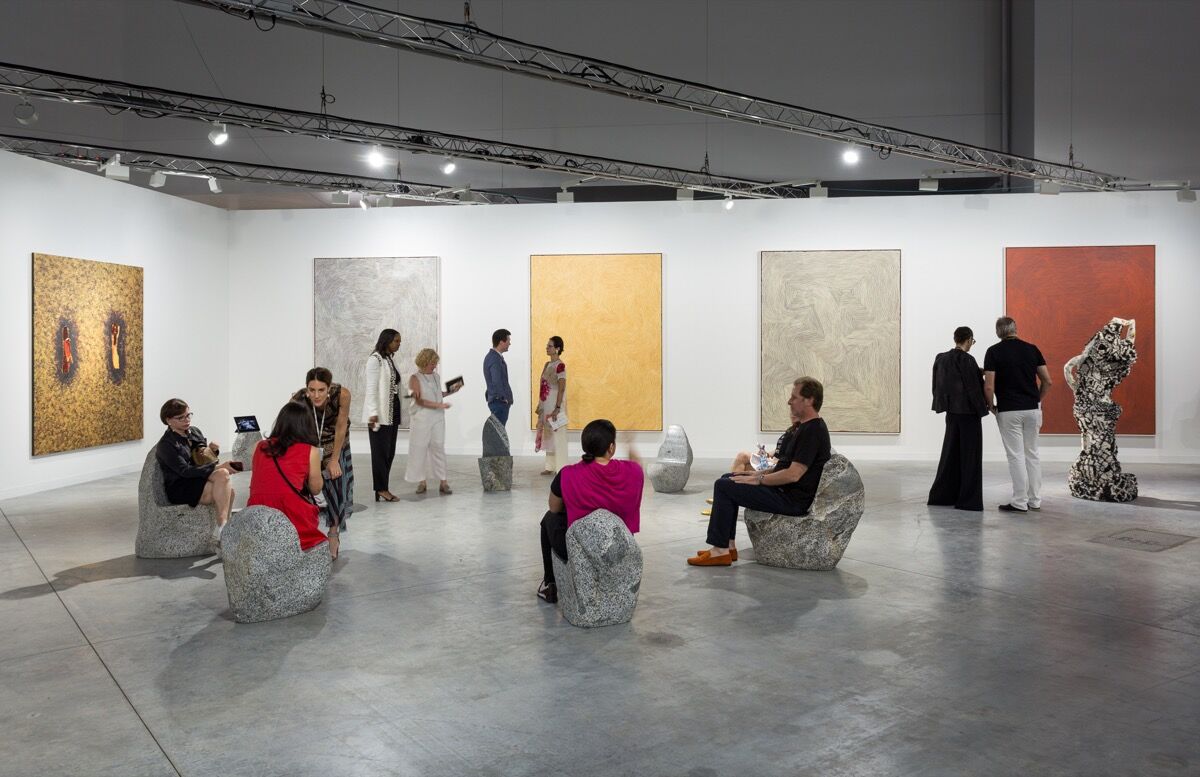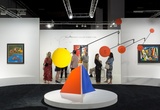
Where’s the clever money going? October 2017
Sterling movements continue to drive returns for UK investors. Since our last posting towards the end of September, the FTSE 100 has moved steadily upward, remaining above 7500 since 10 October and closing at a new record high of 7556 on 12 October – boosted by falls in the pound against the dollar, as Brexit talks remain stuck in deadlock.
The end of September, however, saw a meaty 5% rise for sterling against the yen, while it was up 3% against the dollar and euro, after the governor of the Bank of England, Mark Carney, indicated that an increase in the bank base rate may be imminent.
The prospect of a UK rate rise by the end of the year – the first in a decade – remains on the table despite the fact that data was released by the Office for National Statistics showing the UK economy has grown by just 1.5% over the year since the Brexit vote. That is the slowest pace for four years.
‘In spite of all the worries about Brexit, the political leaders on either side of the Atlantic, the length of the current bull market, the valuations of equity markets, the outlook for interest rates, and the tapering and end of QE, global equity markets have actually been progressing quite steadily,’ says Andrew McHattie in the Investment Trust Newsletter.
‘Both US and UK markets are at or close to all-time highs, and Japan is at a 21-year peak. Yet valuations do not generally seem massively stretched, nor is there any sense of excessive exuberance to signal an end to the bull run.’
September’s trust performance
The top investment trust performers for September are quite a diverse collection; McHattie’s table looks like this:
The top investment trust performers for September are quite a diverse collection; McHattie’s table looks like this:
Dunedin Enterprise +17.94%
Symphony International +16.03%
Phoenix Spree Deutschland +13.14%
Syncona +13.13%
Pantheon International (Redeemable) +11.61%
North American Income Trust +9.67%
Miton Global Opportunities +9.59%
Livermore Investments +9.47%
Edinburgh Worldwide +9.08%
Fidelity China Special Situations +8.64%
Symphony International +16.03%
Phoenix Spree Deutschland +13.14%
Syncona +13.13%
Pantheon International (Redeemable) +11.61%
North American Income Trust +9.67%
Miton Global Opportunities +9.59%
Livermore Investments +9.47%
Edinburgh Worldwide +9.08%
Fidelity China Special Situations +8.64%
Private equity makes a strong showing, with Dunedin, Asian-focused Symphony and Pantheon International all producing double-digit share price returns. But it’s also interesting to see some of the better-known names producing spectacular one-month performances. Global small cap trust Edinburgh Worldwide is on a roll, with one-year returns of over 40%, yet still trading at a discount of more than 4%.
Meanwhile Fidelity China Special Situations’ 14% discount was picked up by Money Observer’s Investment Trust Bargain Hunter in late September; since then the discount has narrowed to 12%.
Despite these strong showings, every investment trust sector except one specialist VCT category lost money over the month, and investment trusts underperformed the FTSE All-share, losing 1.2% compared to the market’s 0.4%. But as broker Winterflood observed, trusts have outperformed the wider market in nine of the past 12 months and are ahead by more than 50% (up 12.8% to the market’s 7.8%) over the year as a whole.
September’s fund performance
On the investment fund side, investors generally had an uninspiring month in September, with all but three fund sectors – North American Smaller Companies, UK Smaller Companies and Sterling High Yield – in negative territory; even the three that showed gains were up by less than 1%.
On the investment fund side, investors generally had an uninspiring month in September, with all but three fund sectors – North American Smaller Companies, UK Smaller Companies and Sterling High Yield – in negative territory; even the three that showed gains were up by less than 1%.
At the bottom of the sector table, Global Emerging Markets funds lost 4.2% on average, and Asia Pacific ex Japan funds 3.9%.
Among individual funds, the top 10 performances were delivered by the following:
MFM Junior Oils +6.17%
Investec Global Energy +6%
VT Cape Wrath Focus +5.87%
Neptune Japan Opps +5.55%
Artemis Global Energy +5.37%
CFP UK Buffettology Inst +4.24%
Legg Mason Royce US Sm Cos +3.74%
VT De Lisle America +3.73%
Natixis H2O Multi Returns +3.61%
JPM Global Macro +3.53%
Investec Global Energy +6%
VT Cape Wrath Focus +5.87%
Neptune Japan Opps +5.55%
Artemis Global Energy +5.37%
CFP UK Buffettology Inst +4.24%
Legg Mason Royce US Sm Cos +3.74%
VT De Lisle America +3.73%
Natixis H2O Multi Returns +3.61%
JPM Global Macro +3.53%
The energy and oil funds were driven onwards by a two-year high in the oil price. ‘Two of the energy funds, MFM Junior Oils and Artemis Global Energy, concentrate on the smaller stocks in the universe,’ adds Yearsley.
‘Another fund to hit the top ten was Neptune Japan Opportunities – buoyed by a strong gain for the Topix and fund manager Chris Taylor’s ongoing short on the yen.’
Interestingly, stock pickers in the American market are also still delivering chart-topping returns, on the back of strengthening US economic growth.
Looking over the third quarter of the year, the tables were topped by funds with a focus on a handful of emerging market countries, as well as UK, Europe and Japan smaller companies funds.
Third quarter winners and losers
Over the third quarter the five best-performing Investment Association fund sectors, according to FE Trustnet, look like this:
Over the third quarter the five best-performing Investment Association fund sectors, according to FE Trustnet, look like this:
China/Greater China 7.3%
UK Smaller Cos 5.4%
European Smaller Cos 4.9%
Japanese Smaller Cos 4.1%
Global Emerging Markets 4.0%
UK Smaller Cos 5.4%
European Smaller Cos 4.9%
Japanese Smaller Cos 4.1%
Global Emerging Markets 4.0%
The worst-performing sectors were IA UK Index Linked Gilts (down 4.36 per cent), followed by IA UK Gilts (down 2.79 per cent).
‘The third quarter was a challenging time for UK fixed income investors after higher inflation numbers and a more hawkish tone from the Bank of England prompted gilt yields to rise,’ said Gary Jackson of Trustnet.
IA Global Bonds funds were also down as fixed income markets priced in the possibility of a December interest rate hike from the Federal Reserve and plans for the central bank to start unwinding its massive quantitative easing programme.
New recommendations from Numis
Broker Numis has made some changes to its recommended list with the addition of three investment trusts focusing on alternative investments, which are a great way to reduce portfolio risk through diversification. The broker seeks ‘to identify relative value opportunities at a time when value is hard to find’.
Broker Numis has made some changes to its recommended list with the addition of three investment trusts focusing on alternative investments, which are a great way to reduce portfolio risk through diversification. The broker seeks ‘to identify relative value opportunities at a time when value is hard to find’.
P2P Global Investments (20% discount) invests in alternative finance and is housed in the IT Debt sector. It is a re-entry to the list after its share price fell 10% in Q3.
Electra Private Equity (17%) has half of its portfolio in cash and the results of the Board’s strategic review are due shortly.
ICG Enterprise (19%), another private equity trust, has undergone a management change; it has just announced strong interim results and Numis believes the fund’s move to ICG has been positive.
Electra Private Equity (17%) has half of its portfolio in cash and the results of the Board’s strategic review are due shortly.
ICG Enterprise (19%), another private equity trust, has undergone a management change; it has just announced strong interim results and Numis believes the fund’s move to ICG has been positive.
Ethical opportunities
Finally, 8 October saw the start of Good Money Week.
Finally, 8 October saw the start of Good Money Week.
Funds under management in ethical funds represent just 1.2% of the industry; yet as Juliet Schooling Latter, director of FundCalibre, commented: “This is despite continued strong performance. As Moneyfacts.co.uk pointed out recently, over one, three and five years, ethical funds have outperformed their non-ethical rivals.’
Schooling Latter suggested three funds that could deliver profit and principles:
Edentree Amity UK
‘As pioneers of responsible investing, EdenTree offers even the most discerning client a justifiable investment opportunity. The Amity UK fund invests in a large number of smaller companies, making it different from many of its peers.’
‘As pioneers of responsible investing, EdenTree offers even the most discerning client a justifiable investment opportunity. The Amity UK fund invests in a large number of smaller companies, making it different from many of its peers.’
Rathbone Ethical Bond
‘This fund invests in quality investment grade bonds. It has a higher income target than most of its peers and ethical exclusions are simple: no mining, arms, gambling, pornography, animal testing, nuclear power, alcohol or tobacco, which rules out about one third of the index. All investments must also have at least one positive environmental, social or corporate governance quality.’
‘This fund invests in quality investment grade bonds. It has a higher income target than most of its peers and ethical exclusions are simple: no mining, arms, gambling, pornography, animal testing, nuclear power, alcohol or tobacco, which rules out about one third of the index. All investments must also have at least one positive environmental, social or corporate governance quality.’
Standard Life Investments UK Ethical
This fund encapsulates the best ideas from the experienced team at Standard Life Investments, which manager Lesley Duncan uses alongside a ‘no compromises’ ethical screening.’
This fund encapsulates the best ideas from the experienced team at Standard Life Investments, which manager Lesley Duncan uses alongside a ‘no compromises’ ethical screening.’
Ethical IFA Castlefield meanwhile published a ‘winners’ and ‘spinners’ report highlighting funds that really practise what they preach, and those that don’t. Olivia Bowen, partner at Castlefield, says of the ‘spinners’: ‘Some of these funds give ethical and sustainable investing a bad name and are in danger of watering down the meaning of responsible investment.’
The Winners:
1. WHEB Sustainability
Castlefield praises its good performance with 12.5 per cent returns over one year, 51 per cent over three years and 99.3 per cent over five years. It commends the fund’s transparency in revealing all its holdings and engaging investors. The fund is also trailblazing the measurement of its investments’ impacts in clear terms.
Castlefield praises its good performance with 12.5 per cent returns over one year, 51 per cent over three years and 99.3 per cent over five years. It commends the fund’s transparency in revealing all its holdings and engaging investors. The fund is also trailblazing the measurement of its investments’ impacts in clear terms.
2. Liontrust UK Ethical
This fund was selected for its strong performance and for providing high-quality transparent information to investors. It returned 18.1 per cent over one year, 44 per cent over three years and 90.1 per cent over five years. It invests in companies that aim to improve people’s lives through medical, technological or educational advances; improving resource efficiency; and helping to build a more stable, resilient and prosperous economy.
This fund was selected for its strong performance and for providing high-quality transparent information to investors. It returned 18.1 per cent over one year, 44 per cent over three years and 90.1 per cent over five years. It invests in companies that aim to improve people’s lives through medical, technological or educational advances; improving resource efficiency; and helping to build a more stable, resilient and prosperous economy.
3. Rathbone Ethical Bond
This fixed income fund is praised for its strict screening and great performance. It returned 6.5 per cent over one year, 20.5 per cent over three years and 43.8 per cent over five years. In addition to the negative screen, the fund applies a positive screen to identify companies with well-developed policies in corporate community investment, employment, human rights, environmental impacts and provision of beneficial products and services.
This fixed income fund is praised for its strict screening and great performance. It returned 6.5 per cent over one year, 20.5 per cent over three years and 43.8 per cent over five years. In addition to the negative screen, the fund applies a positive screen to identify companies with well-developed policies in corporate community investment, employment, human rights, environmental impacts and provision of beneficial products and services.
The Spinners:
1. Vanguard SRI European Stock
Castlefield points out that the top holdings include British American Tobacco and Royal Dutch Shell.
Castlefield points out that the top holdings include British American Tobacco and Royal Dutch Shell.
John Eckersley of Castlefield adds: ‘Despite passive fund providers recognising the demand for SRI from their own commercial perspective, to deliver a thoughtful fund in this area requires active effort, experience and expertise, and there’s no cheap shortcut to that.’
2. Aberdeen Ethical World
One of the largest holdings of this fund is shale oil extractor EOG resources. The nature of this fund is a concern in itself, but Castlefield says it has also ‘faced accusations of illegal burying of waste’.
One of the largest holdings of this fund is shale oil extractor EOG resources. The nature of this fund is a concern in itself, but Castlefield says it has also ‘faced accusations of illegal burying of waste’.
3. Friends Life Stewardship
This fund, managed by Schroders, counts mining company Rio Tinto as one of its top holdings. In addition to many environmental concerns and incidents, Rio Tinto ‘has a history of abuse of workers and indigenous peoples.’
This fund, managed by Schroders, counts mining company Rio Tinto as one of its top holdings. In addition to many environmental concerns and incidents, Rio Tinto ‘has a history of abuse of workers and indigenous peoples.’



